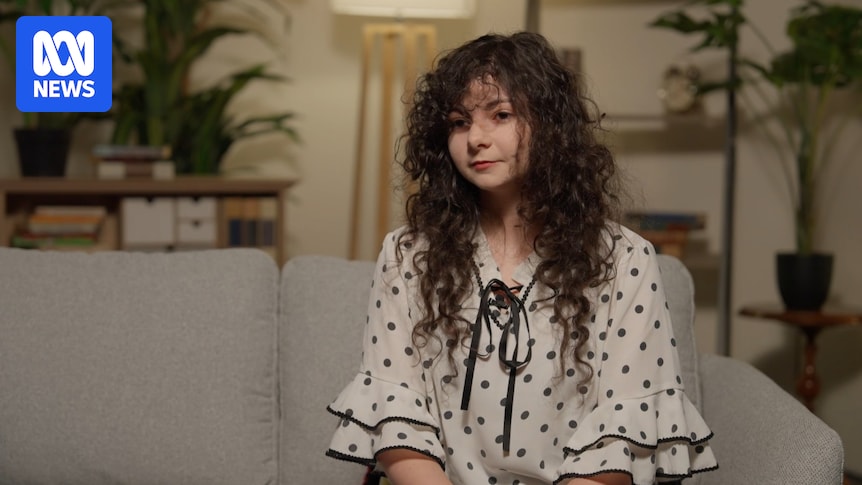
Cooper Smylie was just nine years old when a seemingly innocuous game of tag at school led to a life-altering experience. After hitting his knee, what should have been a minor injury spiraled into a six-month ordeal for him and his family, as they navigated between emergency rooms and GP clinics, seeking answers for the “burning, searing pain” in his right foot. “I just thought that one day I would wake up and get better, but nah, [the pain] never went away,” Cooper recalls.
This personal story is not unique. Chronic pain affects approximately 877,000 young Australians, or about one in five children, according to a recent report by Chronic Pain Australia. The report, which surveyed 229 young people and their families, highlights the pervasive impact of chronic pain on various aspects of a child’s life, including mental health, social interactions, education, and sleep.
Understanding Chronic Pain in Youth
Chronic pain is defined as pain that persists for more than three months or beyond the normal healing time. Kelsi Dodds, a neurophysiologist at the University of Adelaide, explains that the experience of chronic pain is highly individual, ranging from “kind of dull, sort of achey pain” to “much more severe pain” that can make everyday activities, such as showering, challenging.
Cooper’s journey to a diagnosis was fraught with misunderstanding. Initially, his pain was dismissed by medical staff as an attempt to avoid school. “They … at the start saw it as me just trying to get out of school,” he says. This sentiment is echoed by the report, which found that 71% of young people were told their pain was due to anxiety, and more than half had it dismissed as “growing pains.”
“There is this general assumption, particularly in young people, that their pain is being made up because they want to get something or they don’t want to do something … or it’s part of growing up,” Dr. Dodds says.
The Long Road to Diagnosis and Treatment
After half a year of uncertainty, Cooper was diagnosed with Complex Regional Pain Syndrome (CRPS), a rare condition that can follow an injury or surgery. “I was lucky. I got it quick, but with a lot of people, if it isn’t treated, it just gets worse,” says Cooper, now a youth ambassador for Chronic Pain Australia. He later discovered he also had allodynia, a related nerve condition causing extreme pain from any touch or air movement around his foot.
The report reveals that almost two-thirds of affected young people waited three or more years for a diagnosis, or never received one at all. Dr. Dodds notes that diagnosis often involves a trial-and-error approach across multiple health disciplines, rather than a simple visit to the GP for a quick solution.
Invisible Illnesses and Their Impact
For Dayna Mattchewson from Adelaide, the journey with chronic pain began at age three when she was diagnosed with juvenile idiopathic arthritis, an autoimmune disorder causing inflammation. Despite her condition, Dayna faced skepticism from peers and teachers who questioned her need for accommodations. “They’d be like, ‘Why are you using the elevator? You don’t look like you have something wrong with you,'” she shares.
“With invisible illnesses, it’s difficult for other people to accept and empathize … they simply can’t see it, so they don’t understand it,” Dr. Dodds explains.
The survey indicates that 83% of children with chronic pain missed school due to their condition, and more than half fell behind academically. Dayna’s experience underscores the mental health challenges that accompany chronic pain, as she struggled with feelings of isolation and frustration over not being able to participate in activities like her peers.
Living with Pain: Coping and Advocacy
Despite the challenges, both Cooper and Dayna have found ways to manage their conditions and advocate for better understanding and support. Cooper emphasizes the importance of pacing himself and channeling his energy into making fishing videos, which provide a calming distraction from his pain. Dayna, who receives weekly biologic injections to reduce inflammation, has written a song about her pain to help others with invisible disabilities.
Dr. Dodds stresses the importance of providing adequate care for young people with chronic pain to prevent feelings of isolation from worsening as they grow older. “We don’t want Australian children to grow up and move throughout their life, thinking that their pain is normal … and you have to just live with it,” she says.
Both Cooper and Dayna advocate for increased awareness and support for young people in pain. “We’re always feeling it in some way or another. Yes, we’re good. But we’re still dealing with something,” says Dayna, a youth ambassador for The Juvenile Arthritis Foundation of Australia. Cooper adds, “If a kid was to go into the hospital and say to their doctor, ‘Hey, I’m in pain,’ it needs to be looked at as opposed to dismissed.”
Their stories highlight the urgent need for a shift in how chronic pain in young people is perceived and addressed, ensuring that their voices are heard and their needs are met with empathy and understanding.





